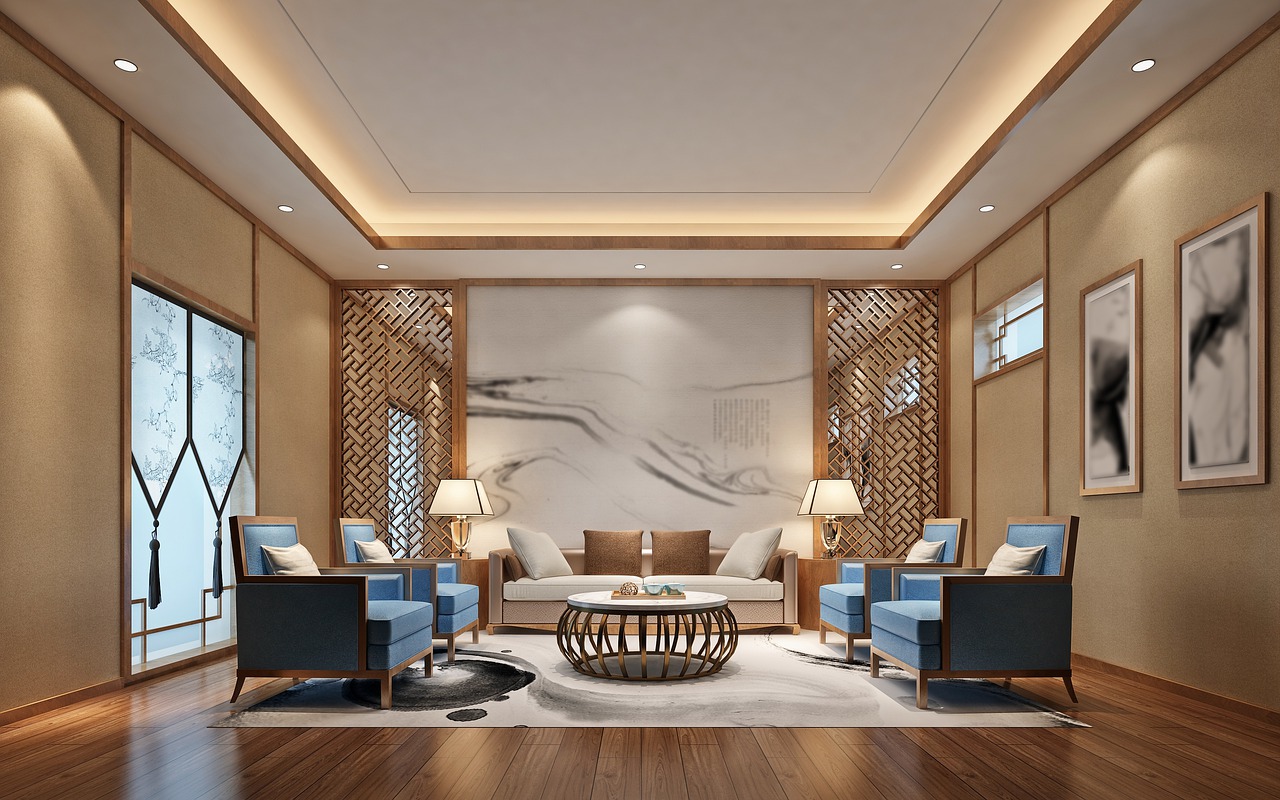
Net-zero energy homes are an exciting prospect for eco-conscious and budget-conscious homeowners everywhere. Net-zero homes are built with the goal of producing as much energy as they consume. Essentially, these homes function by requiring less energy usage than typical homes and serving as their own power source.
It seems like an outlandish concept; however, thanks to innovations in techniques and materials, net-zero homes are becoming a reality.
Here are some of the innovative materials that are making net-zero energy homes possible.
ICF Blocks
ICF construction is a construction technique that uses interlocking, insulated, prefabricated blocks to build the home's structure. Unlike homes built with traditional framing techniques, ICF block homes are airtight, because the blocks fit together perfectly.
The puzzle-like fit allows very little air to seep through, which helps tremendously with energy efficiency. These blocks consist of a foam core, sandwiched between two panels. The added foam provides extra insulation and further contributes to increased energy efficiency.
Polyiso Insulation
While we're on the topic of insulation, let's talk about this innovative material. There is no shortage of insulation types, but polyiso rigid board insulation is by far the most effective at boosting energy efficiency.
Insulation is one of the most vital factors in building a net-zero home, so you have to ensure your insulation is up to snuff. While polyiso insulation is more expensive than some of the other alternatives, it's relatively environmentally friendly, while still providing a stellar R-value.
Metal Siding and Roofing
Metal is a fantastic roofing and siding option for net-zero energy homes. It's cheap, eco-friendly, and durable. Most importantly, metal siding and roofing do a tremendous job of reflecting the sun's rays rather than absorbing them, which ultimately helps the home stay cooler and require less energy to maintain a comfortable temperature.
Metal also looks fantastic. It's touted as one of the top rustic siding choices out there. So, you don't have to sacrifice style for function with metal.
Triple-Paned Windows
Once you have the structure, insulation, roofing, and siding, the main area to reinforce is the windows. Windows can allow a lot of outside air to enter the home, so it's critical to invest in high-quality windows.
These days, there's a wide range of triple-pained, Energy Star rated windows that do a fantastic job at ensuring a net-zero home isn't allowing any unnecessary air or light into the house. In addition to the triple-paned windows, it's also essential to make sure the windows fit correctly and that they're sealed.
Energy-Efficient Appliances
We can't talk about innovative materials without mentioning all the innovative energy-efficient appliances that truly make having a net-zero home possible.
Today, there are energy-efficient dishwashers, heat pumps, water heaters, furnaces, and more. The most critical energy-efficient appliance is the HVAC system. HVAC systems consume a large portion of any home's energy, so the fact that we have HVAC systems today that require less energy makes net-zero energy homes possible.
Also, LED lighting has changed the game for light efficiency, too. Net-zero homes usually use only LED, energy-efficient bulbs.
Eco-Friendly Materials
Many people who build net-zero homes do so to reduce their carbon footprint. Today's market is flooded with eco-friendly alternatives for virtually every single material used in a net-zero energy home.
They have everything from eco-friendly flooring materials to eco-friendly driveway materials. When it comes to reducing environmental impact, there are several innovative sustainable and environmentally friendly materials on the market.
Net-Zero Energy Homes Require Innovation
These are just some of the innovative materials on the market. As the popularity of net-zero energy homes rises, the available materials and techniques will continue to improve. A couple of decades ago, this possibility couldn't exist.
It wasn't until 1973 that the first solar-powered building was created, but it wasn't until the 2000s when solar panel powered homes started to be accepted as a possibility. Without this one pivotal advancement, net-zero energy homes would be much less viable. Imagine what new things we'll come up with over the next decade!
While net-zero homes once seemed like a futuristic dream – they're now a genuine reality thanks to the innovative techniques and materials in today's market.
Written by Matt Lee
About the Author
Matt Lee is the owner of the Innovative Building Materials blog and a content writer for the building materials industry. He is focused on helping fellow homeowners, contractors, and architects discover materials and methods of construction that save money, improve energy efficiency, and increase property value.
You may also like
The Ultimate Guide to Sustainable Home Decor
Green Home Renovations: 5 Eco-Friendly Kitchen Upgrades
4 Sustainable Ways to Renovate Your Home
